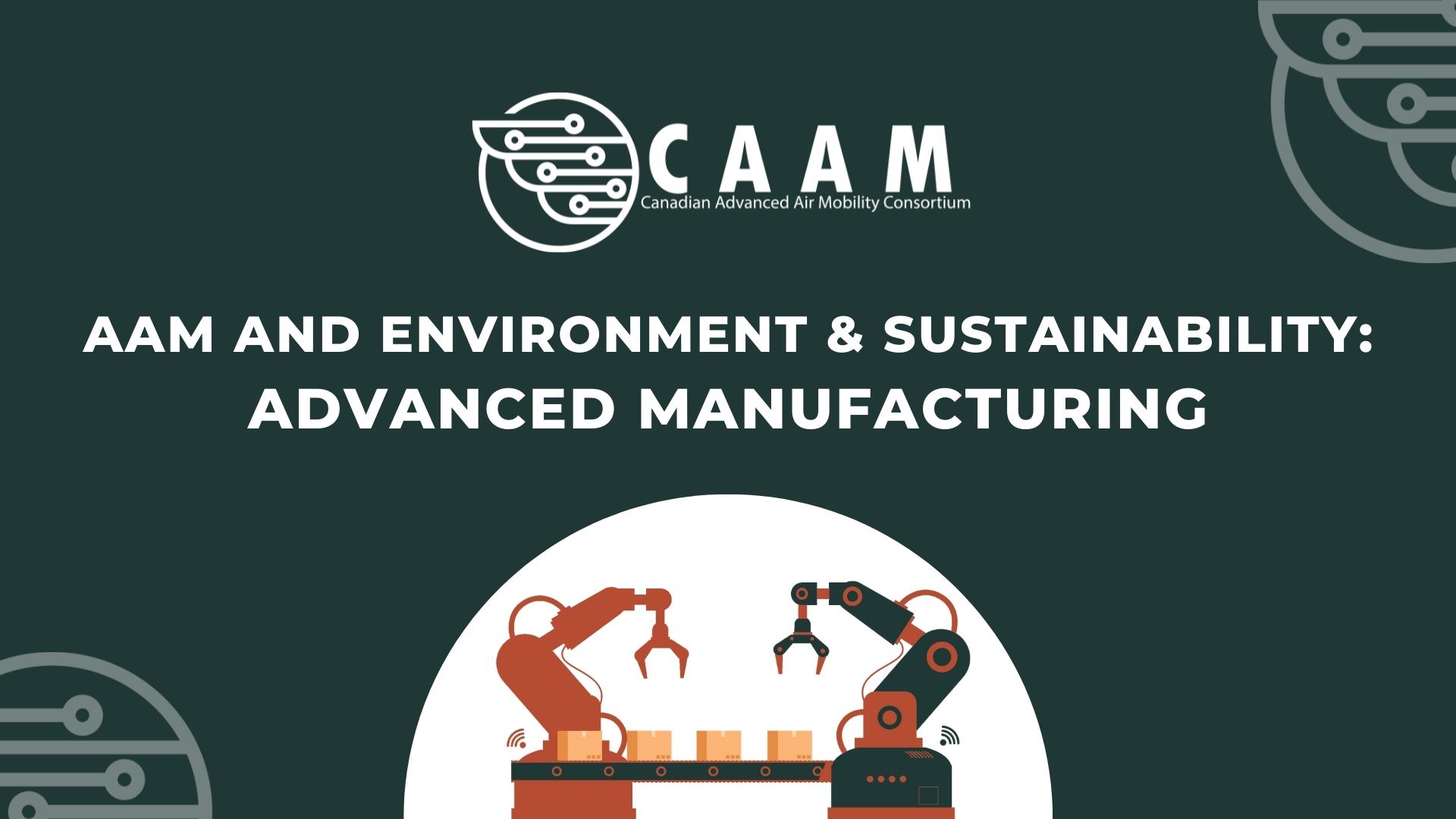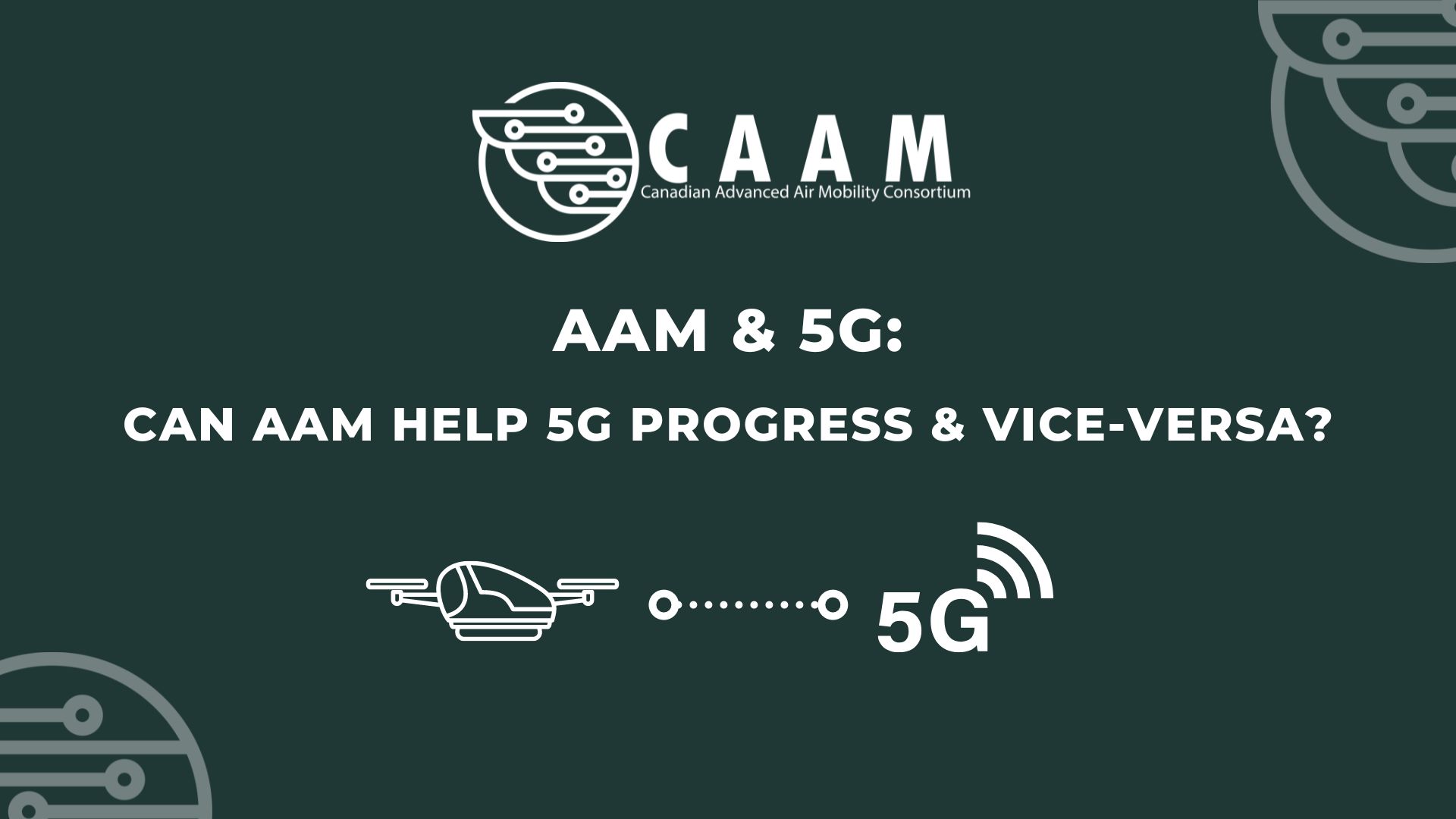 On March 30th, 2022, the Canadian Advanced Air Mobility Consortium (CAAM) championed the AAM Manufacturing Best Practices event alongside Professor Anoush Poursartip, Ph. D. As J.R. Hammond, Executive Director CAAM, defines,
On March 30th, 2022, the Canadian Advanced Air Mobility Consortium (CAAM) championed the AAM Manufacturing Best Practices event alongside Professor Anoush Poursartip, Ph. D. As J.R. Hammond, Executive Director CAAM, defines,
The importance of [advanced] manufacturing gives Canada as a country a more significant opportunity to lean into the whole value chain that Advanced Air Mobility presents. Not just benefiting from the operation of these aircraft, but ensuring the research and development, pilot training—as seen by CAE—as well as our future manufacturing opportunities benefiting Canada as a whole rather than just a part of the whole rather than just one part of the value chain.
Because of all that, it’s worth examining the white paper to understand a little more about Professor Poursartip’s work.
AAM and Environment & Sustainability: Advanced manufacturing best practices
AAM [Advanced Air Mobility] vehicles differ from conventional aircraft in their size (smaller with fewer parts), aircraft type (vectored thrust, lift and cruise, wingless multicopters, or electric rotorcraft), geometry (freedom to place propellors and rotors in unconventional locations), payload capacity (10kg – 1000kg), average range (10km – 500km), number of passengers (1 – 5), and speed (50km/h – 400km/h). The AAM sector is a combination of the aerospace and automotive sectors […]. To achieve high-rate manufacturing for aerospace, the objective would be to harvest the fast manufacturing, automation, and cost structure of the automotive industry and combine it with the material performance, quality systems, databases, and part design processes of aerospace.
Martin Battilana and Anoush Poursartip
Another way AAM aircraft differ from traditional planes, helicopters, etc., is that they aren’t commercially available yet. AAM is a novelty and is coming sooner than later, but it’s not here yet. One way of speeding up the process is to “use: (a) existing materials, in particular materials that already have well-established performance databases that can be used for design, (b) existing processes and thus processing equipment, and (c) existing approaches to demonstrate compliance, hence the building block approach.”
AAM companies aim to get their first-generation aircraft commercially available as soon as possible to demonstrate the viability of their vision. Once the demonstration is happening, end-users are living the benefits of AAM, governments see how safe and valuable the aircraft are, and the industry will receive the financial greenlight to explore new ways of manufacturing the aircraft and will move to the second generation.
(a) speed up processes while retaining quality, without triggering or at least quickly getting regulatory approval, (b) reducing inspection time and effort, either by reducing inspection needs or improving inspection technology or both, and (c) having continuous improvements in both design and manufacturing in a manner that is agile and cost-effective yet of course safe and acceptable to regulators.
Battilana and Poursartip
At first, manufacturing AAM will be neither greener nor more sustainable than manufacturing traditional aviation. Yes, the aircraft itself will be because they’ll be hybrid, electric, or even hydrogen-propelled, but the manufacturing won’t be. However, that’s temporary. After AAM proves that it can safely serve everyone, it can move on to the second-generation aircraft that, with more time and investment, can be more sustainably manufactured.
Manufacturing AAM is like AAM itself; the short-term may seem grim, but the future can be brighter than ever.
By Giovani Izidorio Cesconetto
Email [email protected] to request the public report.


